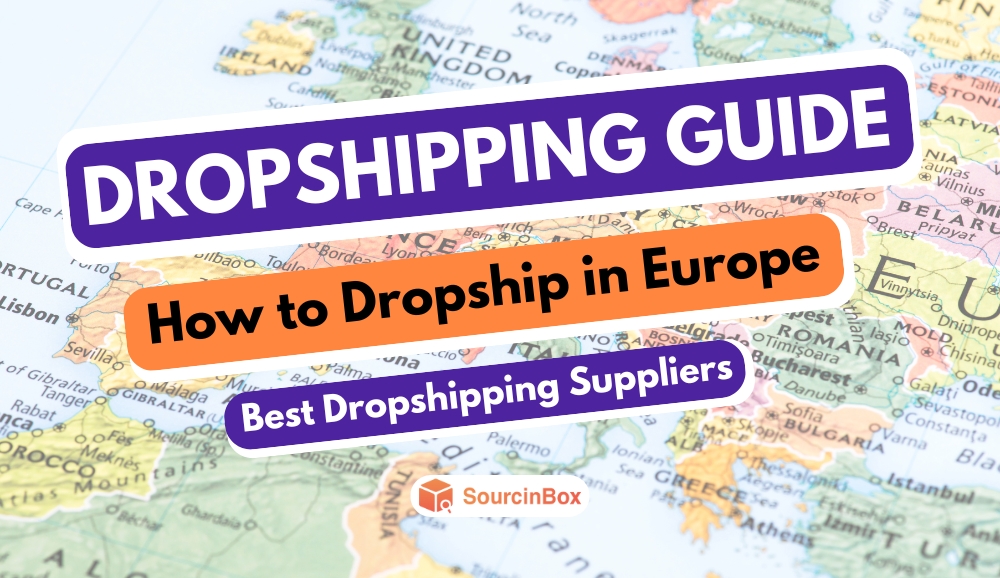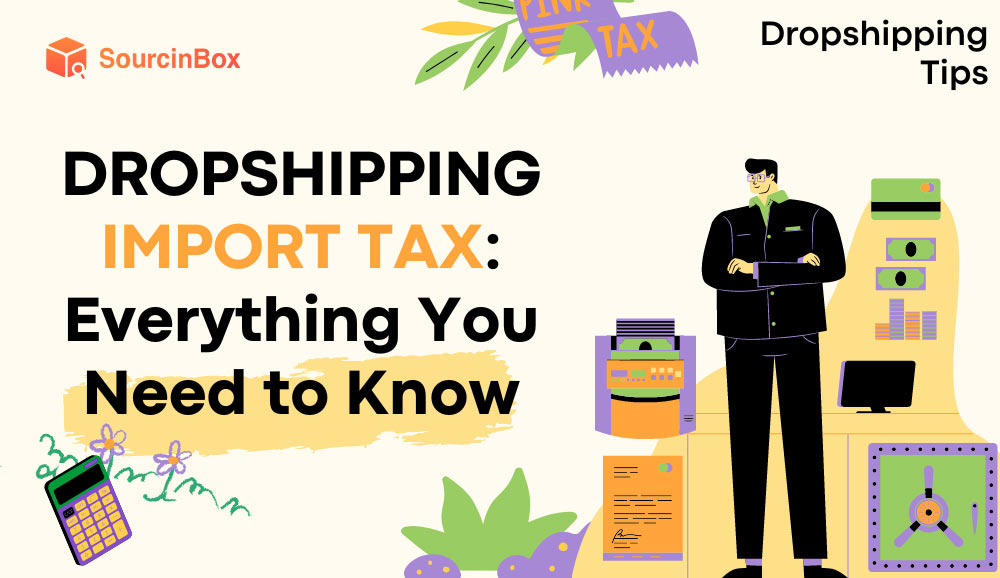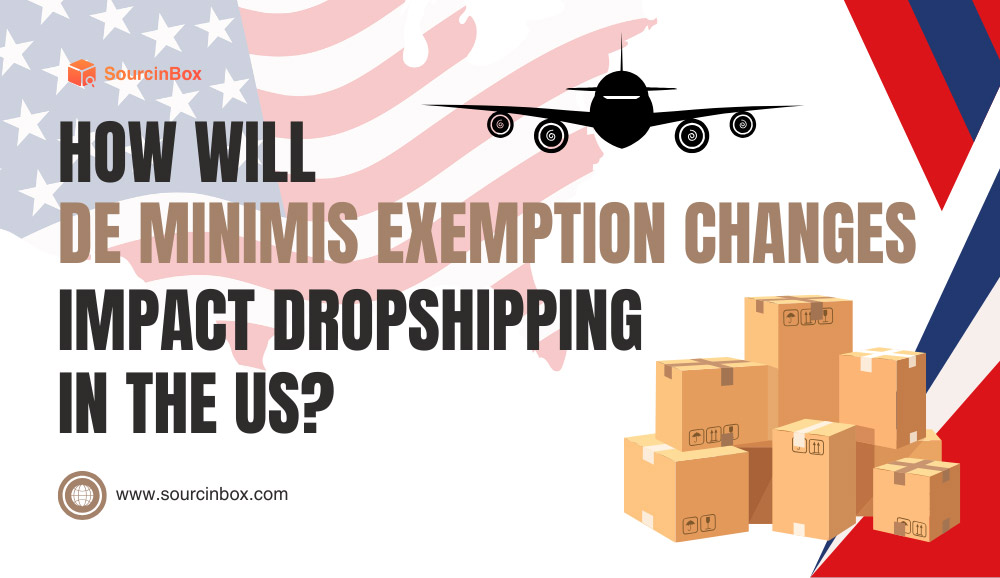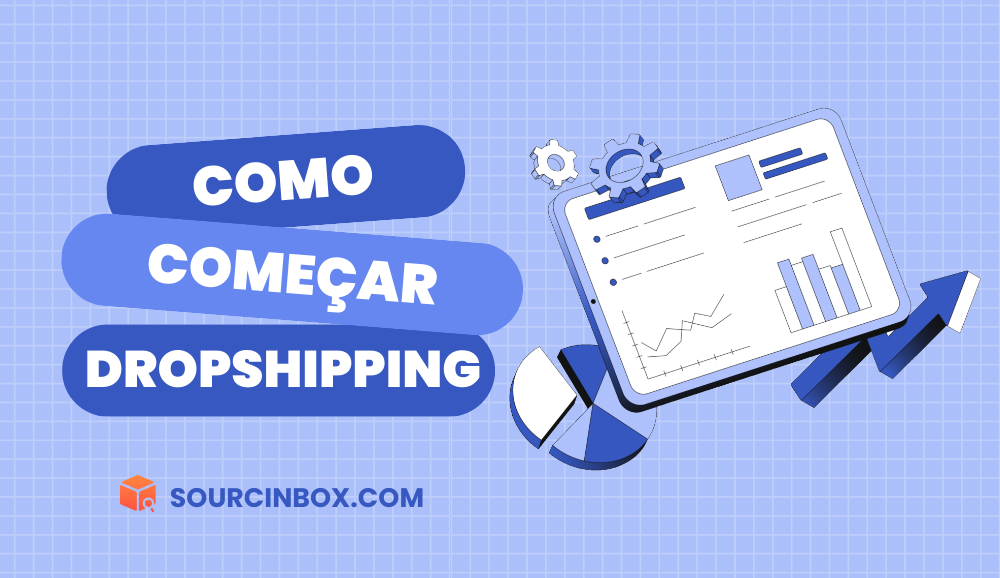How can Dropshippers Face the Challenges of Trump's Tariff?

SIB Content Team
Since taking office, President Donald Trump has demonstrated a strong enthusiasm for imposing tariffs on imported goods.
After a series of tariff adjustments, the latest update on U.S.-China tariffs came from the Economic and Trade Meeting held between the two countries on May 12 in Geneva. During the meeting, China and the United States reached a 90-day agreement: starting from May 14, the United States will lower tariffs on Chinese goods to a total of 30% (a 10% additional ad valorem duty + a 20% additional tariff related to the fentanyl issue).
Trump stands stably with the tariff stance during his first term in office — hefty tariffs on imported goods from major trading partners such as China, to spur domestic manufacturing. The higher tariffs will inevitably impose significant impacts on retail, mostly negative, especially for those businesses relying on China's supply chains.
What areas do the new tariff policies specifically cover? How could the new policies influence your online business? What measures can you take to solidify profitability when facing new challenges? Just keep on reading! This article will examine these policies' scope, implications, and practical strategies for dropshipping businesses.
Overview of the 2025 Trump Tariff
Between February and May 2025, the president signed several executive orders. These orders reflect that the president’s tariff plan went through three main stages:
Stage One — National Security Concerns and Initial Tariff Measures
On February 1, 2025, Trump signed executive orders imposing an additional 25% tariff on goods from Canada and Mexico, and an additional 10% tariff on products imported from China.
The stated reason for these tariffs was to hold Mexico, Canada, and China accountable for their promises to help stop illegal immigration and prevent dangerous drugs like fentanyl from entering the United States.
Later, on March 3, 2025, the U.S. government increased tariffs on all goods imported from China. Under Section 2(a) of Executive Order 14195, the tariff rate on Chinese goods was raised from 10% to 20%. For example, clothing, which originally had a 35% import tax, would be taxed at a total rate of 55% (35% + 20%). The total import tax payable is calculated as (order value + shipping cost) × 55%.
Stage Two — Tariff Hikes Expand Globally
On April 2, 2025, the White House published a fact sheet announcing that President Trump will impose a 10% tariff on all countries, starting April 5.
In addition, beginning April 9, the U.S. will impose an individualized reciprocal higher tariff on the countries with which it has the largest trade deficits. China was a particular target of this policy. On April 10, the tariff on Chinese imports was raised sharply to 125%.
Stage Three — Suspension of Some Tariffs and Easing of U.S.-China Trade Tensions
On April 9, Trump announced a 90-day suspension of the individual ad valorem duties imposed for countries other than China. Instead, during this time, an additional ad valorem duty of 10% was imposed on these countries.
About a month later, the U.S. and China reached an agreement for 90 days: starting May 14, the U.S. will lower tariffs on Chinese goods to 30% (10% ad valorem rate of duty + 20% tariff related to the fentanyl issue).
In addition, an executive order signed by Trump on May 12 introduced changes to tariffs on small postal packages from China. Starting May 14, consumer packages worth less than $800 will face a lower tariff, dropping from 120% to 54%. As an alternative to the 54% tariff, each package can instead be charged a flat tax of $100 (enter into effect on May 2 and will end on June 1).
These measures signal a major shift in U.S. trade policy, potentially reshaping import dynamics with the country’s top trading partners.
One of the big differences between Trump 1.0 and 2.0 is that this is not just about China. The new tariff policies that he announced were also focused on Mexico and Canada, and even the European Union is included. Besides, he planned to create a new agency — the External Revenue Service — to handle collecting the money.
During Trump's last term, he imposed tariffs, mainly on Chinese imports, under Section 301 of the Trade Act of 1974. The stated goals were to reduce the U.S. trade deficit, counter unfair practices like intellectual property theft, and boost American manufacturing. Official USTR reports emphasized protecting U.S. industries, though the tariffs triggered global trade tensions.
The Impacts of the New US Tariff
The Impacts on Dropshipping Business
The new tariff policy imposes additional duties on imported goods, particularly those sourced from key manufacturing countries like China. This change can significantly affect profit margins and operational costs for dropshipping businesses, which rely heavily on sourcing products from international suppliers.
• Increased Sourcing Costs: Dropshipping suppliers and logistics are expected to pass the additional tariff costs to their clients. This would lead to higher wholesale prices and shipping costs for dropshippers sourcing overseas.
• Reduced Competitiveness: The new tariff policy has less impact on domestic supply chains and, therefore, on the businesses that rely on them. High prices and longer shipping times for products sourced overseas can reduce the competitiveness of your dropshipping business.
• Delivery Delays: Stricter customs checks and additional paperwork may come with new tariffs, potentially causing delays in product deliveries.
• Customer Retention Risks: With the same disposable income, consumers must choose more cost-effective products and services. This means that your existing customers may turn to competing stores due to the higher pricing and longer delivery times.
The Impacts on US consumers
Trump sees the new tariffs implemented on imports as a way of growing the US economy, protecting jobs, and raising tax revenue. However, these policies have had notable consequences for everyday consumers.
• Higher Prices for Goods: Consumers might face fewer options as businesses reduce reliance on imports or withdraw certain products from the market. The increased cost is possibly contributing to inflation, thus enhancing survival costs in the U.S.
• Limited Product Choices: Businesses may focus on higher-margin items and withdraw certain products from the market to maintain profitability. For consumers getting used to low-price products available online, the shrinking product category can hardly fill customers' needs.
• Quality Concerns: Differences in manufacturing and materials may not guarantee that the same product produced domestically will match the quality of the imported ones.
The Impacts on Global Trade
Because today’s economies are closely connected, tariffs can upset the balance of global trade and increase uncertainty. As a major world economy, any action by the U.S. government can cause chain reactions around the world. So, the new U.S. tariff policy could seriously affect global supply chains and economic stability. Tariffs are not just isolated policy decisions; they ripple through the intricate web of global trade, triggering a cascade of consequences.
In response to tariffs, the constrained countries led by China are expected to impose retaliatory measures, creating a tit-for-tat scenario that can escalate into full-blown trade disputes. For instance, U.S. tariffs on Chinese goods during Trump's last term led to retaliatory tariffs on American exports, directly impacting sectors like agriculture and manufacturing.
Indeed, the trade tensions between China and the United States have eased somewhat after the meeting in Geneva. However, despite the two sides reaching a temporary agreement to reduce some tariffs, long-term trade imbalances and policy uncertainties still pose challenges to the global economy.
5 Practical Tips for Dropshippers
1. Diversify Your Suppliers to Minimize Risks
Relying on a single supplier, especially from regions affected by tariffs or trade restrictions, can significantly increase business risks and constrain business development. By sourcing products from multiple suppliers across different countries or areas, you can mitigate the impact of sudden policy changes, shipping delays, or cost fluctuations. Diversifying your suppliers helps maintain stable product pricing and ensures a more resilient supply chain. Many businesses have rushed inventory in China overseas since late 2024, bracing for heightened trade risks under a Trump presidency.
2. Reassess Product Pricing to Stay Competitive
With new tariffs increasing costs, adjusting product pricing becomes an unavoidable challenge for dropshippers to maintain profitability while staying attractive to customers. Scrutinize your current margins and consider the amount of the added costs to be absorbed rather than passing them all on to buyers. Justify price increases for customers through bundling products, brand empowerment, or providing value-added services.
The answer to higher costs can’t just be to hike prices and then stick to business as usual. The onus is now on retailers to innovate, leveraging AI and analytics to identify the items that are most important to consumers, then price and promote them accordingly. Blind price increases may lead to customer loss, while a flexible pricing strategy ensures your dropshipping store stays competitive in the dynamic market.
3. Explore Domestic or Regional Sourcing Options
Considering the tariff policy mainly impacts the imported supply chain, dropshippers can try to explore domestic suppliers and manufacturers as an alternative. Local sourcing can reduce shipping times, improve delivery efficiency, and avoid additional import duties. However, if the products you sell still require imported raw materials, the base cost is higher compared to sourcing products directly from overseas. Dropshippers must measure that if the savings on tariffs and delivery costs can offset the added expenses before working with domestic suppliers.
4. Enhance Customer Value Through Incentives
The overall rising prices and inflation will make customers more cautious with every purchase. Reducing customer churn becomes dropshippers' most important task. One effective way to retain customers is by enhancing the overall value they receive from your store. Launch special promotions, rewards programs, or free shipping options to make your store more appealing despite price adjustments. Excellent customer service, including efficient communication and focusing on customer experience, can also deliver added value to your store and enhance customer loyalty.
5. Keep Up-to-Date with Tariff and Trade Changes
Tariff policies and trade regulations can be changed overnight, which requires dropshippers must stay informed to avoid unexpected disruptions whenever possible. Regularly monitor official announcements from government agencies, trade organizations, and trusted news sources to stay updated on any adjustments. Official announcements are often released in advance, especially adjustments posing significant impacts. So, keeping updated on the information ensures you make timely adjustments to minimize the risks and smooth operations.
Conclusion
The intensified geopolitical risks across the globe have become the main rhythm today, which has been strongly reflected in global trade policies. 2025 starts with great economic uncertainty, which is largely caused by the policy positions of the United States. The largest one looming over retail is tariff increases.
Resilience and agility remain critical for navigating the ever-changing global trade landscapes. Reliable partners may also offer you more inspiration and opportunities. SourcinBox is always devoted to maximizing profits for our customers through reliable fulfillment solutions. Explore more insights and tips to stabilize your dropshipping business with SourcinBox.











